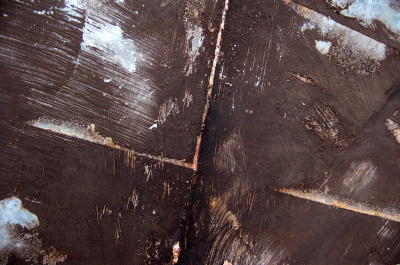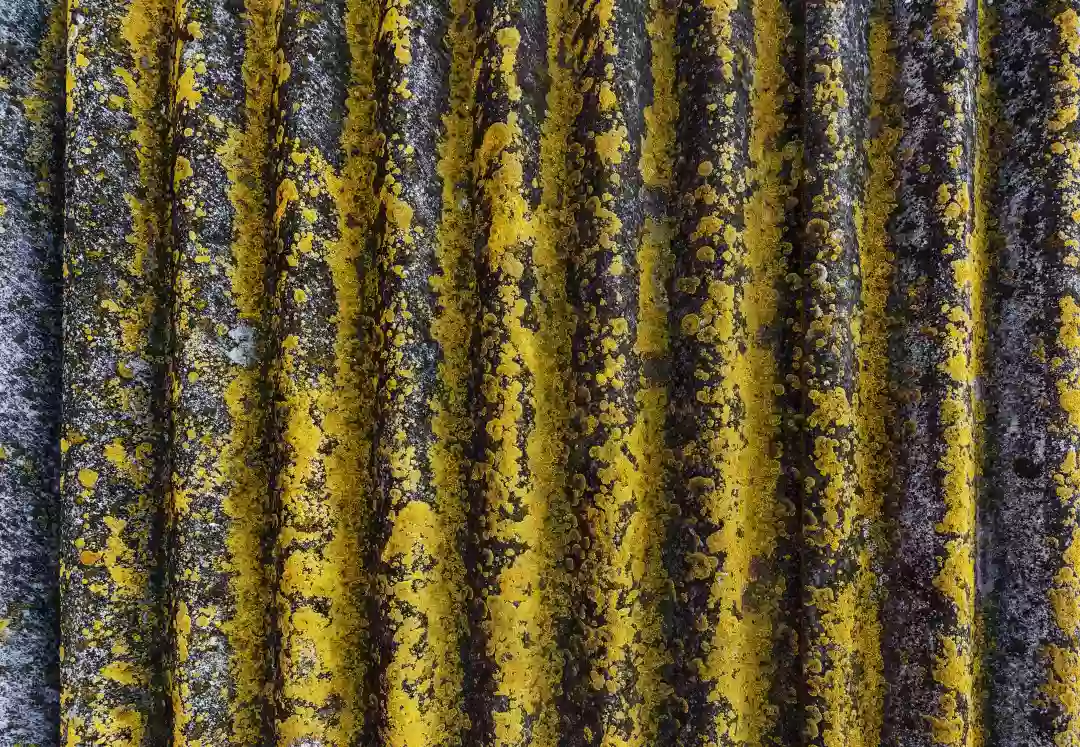What is Asbestos?
A material that occurs naturally, asbestos is made up of strong, delicate fibres. It has been used in numerous building materials for ages and is renowned for its heat resistance. For use in fireproofing, insulation, and acoustics, asbestos was first mined in Cyprus. Numerous goods, including floor tiles, textured paints, ceiling tiles, and even brake pads, have been discovered to contain asbestos. In the past, cement and asbestos were frequently combined to create stronger building materials. But since 1999, the drug has been prohibited from usage in the UK because of its toxicity. When disturbed, asbestos can lead to a variety of health problems, such as lung inflammation, asbestosis, mesothelioma, and other respiratory illnesses. If disturbed, asbestos fibres may be discharged into the air, where they may be inhaled by a person and cause diseases associated with asbestos exposure.
Is Asbestos Dangerous?
It is vital to acknowledge the substantial threats posed by asbestos. Asbestos exposure can cause significant sickness, costly medical expenditures, and missed productivity. Inhaling asbestos fibres can be dangerous and lead to a number of major health problems, such as lung cancer, mesothelioma, and respiratory ailments. Asbestos fibres are discharged into the air when asbestos-containing materials are destroyed or disturbed.
If breathed, these filaments have the potential to cause serious illnesses. Because these disorders sometimes take years to develop, you may not notice any signs right away. However, by the time they are discovered, it is sometimes too late to do anything about them. As a result, you must move quickly to put protections in place. It's critical to get in touch with a reputable asbestos removal firm right once if you think your property may have contained asbestos in the past or currently does. They may do a thorough inspection of the property and provide you with advice on the best course of action. Any removal procedure must be carried out by a trained expert who can remove the dangerous substance safely.

Need assistance finding asbestos removal near you?
Get a QuoteDiscovery Of Asbestos' Toxicity
It wasn't until the latter part of the 19th century that reports of employees developing lung conditions first started to surface that asbestos' ability to seriously harm health conditions was recognised. By the turn of the 20th century, these investigations had linked asbestos to a number of illnesses, including mesothelioma, asbestosis, and lung cancer. Despite this information, asbestos was nevertheless widely utilised in the construction sector far into the 1990s. Asbestos use was restricted by rules once the scientific community came to realise the connection between the substance and major health issues. In the UK, asbestos usage was outlawed entirely in 1999. The prohibition made it possible to locate and safely remove any items that were already in existence that contained asbestos.
How Can Asbestos Affect You?
Asbestos is a threat to human health and can cause a range of ailments, particularly when it is disturbed. Exposure to asbestos can occur when it is breathed via the air or ingested through the mouth or nose. When asbestos fibres are inhaled, they may become lodged in the lungs, resulting in lung inflammation and breathing difficulties. Exposure to asbestos can cause lung scarring as well as the lethal lung condition known as asbestosis. In addition, exposure to asbestos fibres has been associated with a higher risk of cancer, notably lung and stomach cancer.
Colon, laryngeal, and mouth cancers are other malignancies connected to asbestos exposure. No amount of asbestos exposure is safe. Products that contain more than 1% of the mineral asbestos are considered to contain asbestos. Asbestos exposure raises your chance of getting an asbestos-related illness. Dosage affects diseases like asbestosis and lung cancer. The danger of getting an illness is dose-related, which means that the more asbestos you breathe, the higher your risk is. The only asbestos-related disease that varies is mesothelioma. Even relatively little levels of asbestos exposure can result in mesothelioma. The mesothelioma that developed in the family of asbestos workers was brought on by the dust that workers carried home on their garments.
When Was Asbestos Banned?
Late in 1999, asbestos was completely outlawed in the UK. On this rationale, the year 2000 is frequently used as the cutoff point. Any items containing asbestos could not be purchased, sold, imported, or exported from the UK from late November 1999. Around this time, asbestos was outlawed in several regions of Europe as well. Around the turn of the 20th century, asbestos began to arrive in the UK, and its use increased significantly following the Second World War. The importation and use of blue (crocidolite) and brown (amosite) asbestos were first outlawed in the UK in 1985, and the final ban was enacted as previously mentioned in 1999.
This latter ban also covered white asbestos (chrysotile), which was still being used actively after 1985 and in some cases up until the late 1990s. Although it is prohibited in the UK, asbestos is nevertheless used and remains allowed in the vast majority of other nations. The material is still being extensively mined in China, India, and Russia before being sent throughout the globe to be used in various goods. These items are referred to as asbestos-containing materials (ACMs).
In this article:

